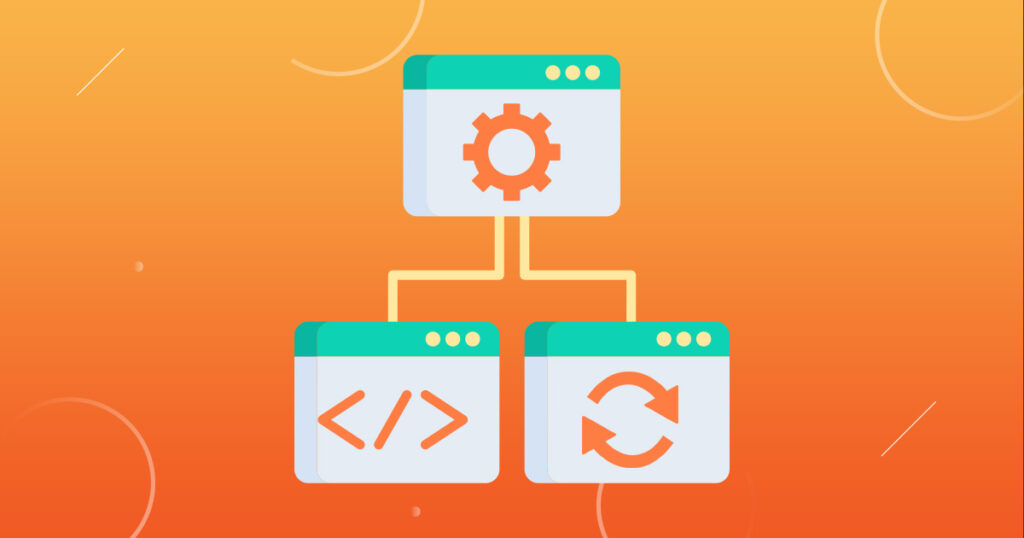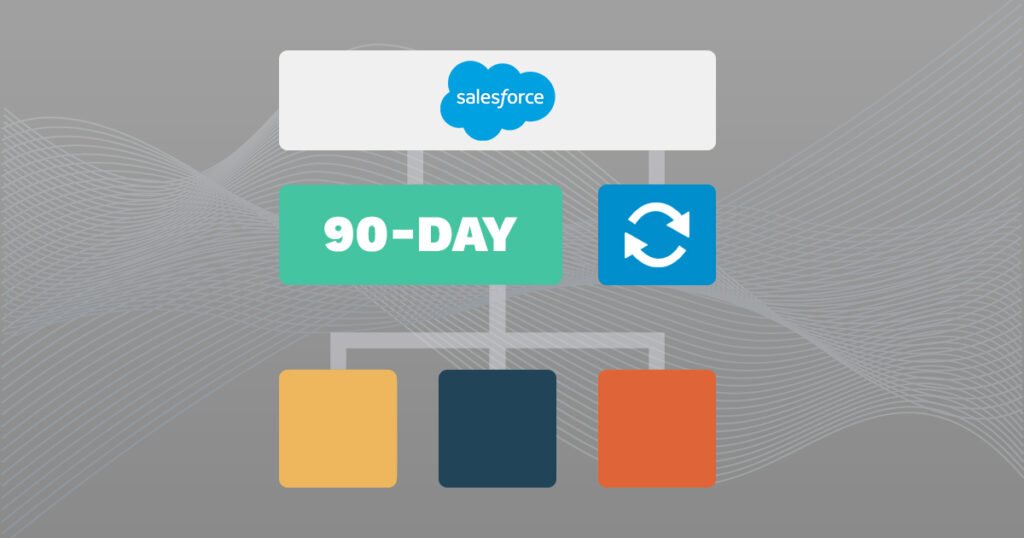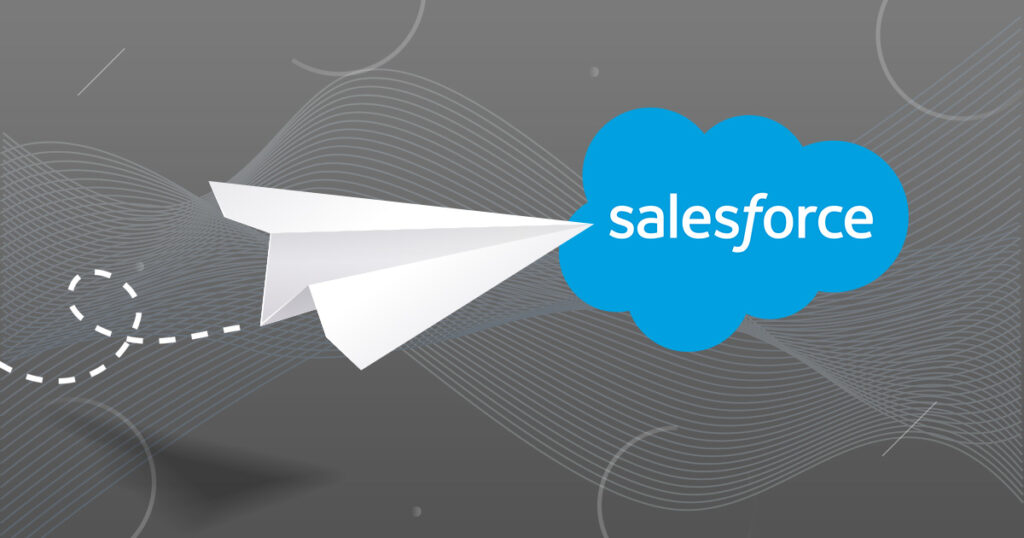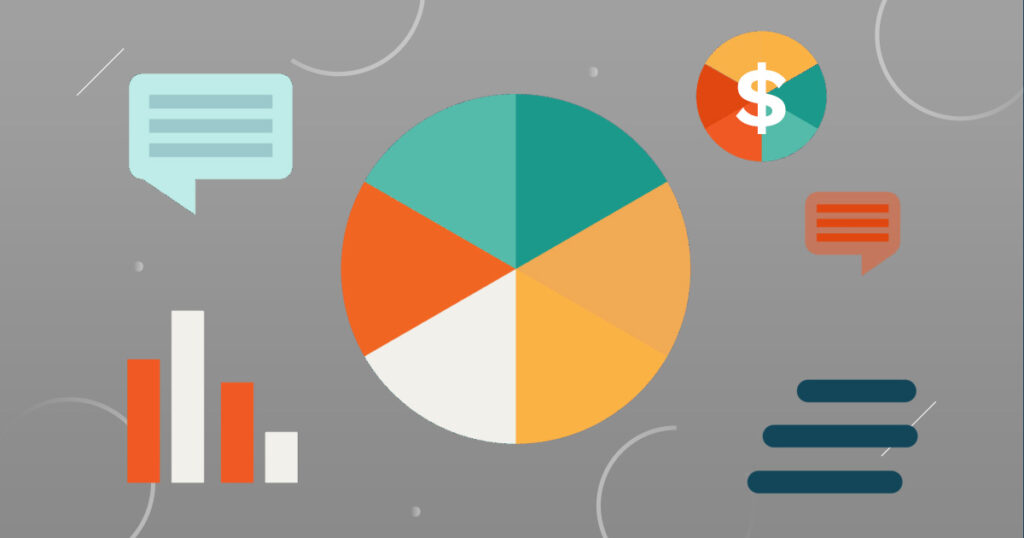The Data Governance Framework: Transforming Salesforce into a Trusted System of Record
At the enterprise level, Salesforce is rarely the clean, streamlined system it appears to be on a demo screen. Instead, it’s often a patchwork of integrations, inherited processes, and quick fixes. For CIOs, RevOps leaders, and Business Systems directors, the result is the same: data chaos at scale.
And when Salesforce becomes a mess, every downstream initiative—BI dashboards, analytics projects, AI pilots—rests on shaky ground.
That’s where Data Governance comes in.
Rather than another “cleanup project,” governance reframes the challenge as a strategic imperative to make Salesforce a trusted system of record—a foundation that can feed into the enterprise’s single source of truth and power predictable revenue.
Too often, “data cleanup” is reduced to de-duplicating records or fixing bad email addresses. While important, these are symptoms – not the root cause.
Data governance is the discipline of defining, enforcing, and evolving standards around how data is captured, maintained, and used across the business. It’s not a one-time fix; it’s a framework that aligns people, processes, and technology to ensure long-term trust in Salesforce as a governed system of record.
At scale, this requires more than admin-level hygiene. It requires leadership.
Data doesn’t live in one department. Marketing owns lead generation. Sales manages opportunities. Finance pulls bookings. Customer success captures renewals. Without coordination, Salesforce quickly reflects the silos it was meant to bridge.
That’s why leading enterprises establish a Data Governance Council – a cross-functional body of stakeholders (RevOps, IT, finance, marketing, sales, and customer success) tasked with setting standards and policies.
Some organizations opt for a Data Stewardship model, where each functional area has appointed data owners responsible for enforcing enterprise-wide standards. In either case, the critical ingredient is executive sponsorship—without it, governance efforts rarely stick.
In the Salesforce ecosystem, Master Data Management (MDM) is the backbone of governance. It’s the discipline of creating a “golden record” for critical entities like Accounts, Contacts, and Opportunities.
Salesforce doesn’t replace an enterprise MDM system, but it can participate in one. Within Salesforce itself, this may include:
- Native duplicate management and matching rules.
- Salesforce Data Cloud to unify and reconcile identities across sources, enabling a complete view of customers across every interaction.
- OmniStudio for Industry Clouds to standardize how data is captured, validated, and transformed within vertical-specific workflows (e.g., financial services, healthcare, communications).
- Integrations with enterprise MDM platforms like Informatica, Reltio, or Talend.
With MDM principles applied, Salesforce stops being a graveyard of duplicate records and becomes a governed source of record that feeds consistent, trusted data into downstream systems like data warehouses, analytics platforms, and AI models.
It’s easy to frame governance as a cost center – yet nothing is more expensive than the risks of ignoring it:
- Compliance exposure from uncontrolled PII storage, lack of consent tracking, or incomplete audit trails.
- Operational inefficiency as teams waste hours reconciling mismatched reports.
- Revenue unpredictability when leadership can’t trust the pipeline.
When reframed correctly, governance becomes the opposite of a cost: it’s a risk mitigation strategy and a revenue enabler. By stabilizing Salesforce, enterprises build the predictable, trustworthy data foundation needed for accurate forecasting, meaningful analytics, and AI-driven initiatives.
Today’s enterprise leaders are under pressure to deliver insights, predictive analytics, and AI-powered automation. But these initiatives will fail – or worse, mislead – without governance.
By building a formal Data Governance Framework, organizations turn Salesforce from a messy database into a strategic asset: a governed system of record that feeds the enterprise’s single source of truth and powers revenue predictability, operational efficiency, and enterprise-wide trust in data.
At CRM-forge, we partner with enterprise leaders to architect frameworks that turn Salesforce into a trusted system of record. Let’s build the foundation for predictable revenue and data you can rely on.









